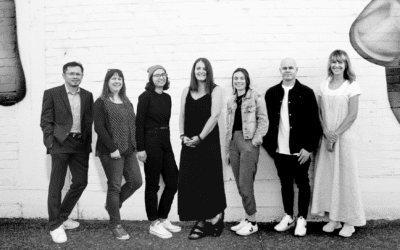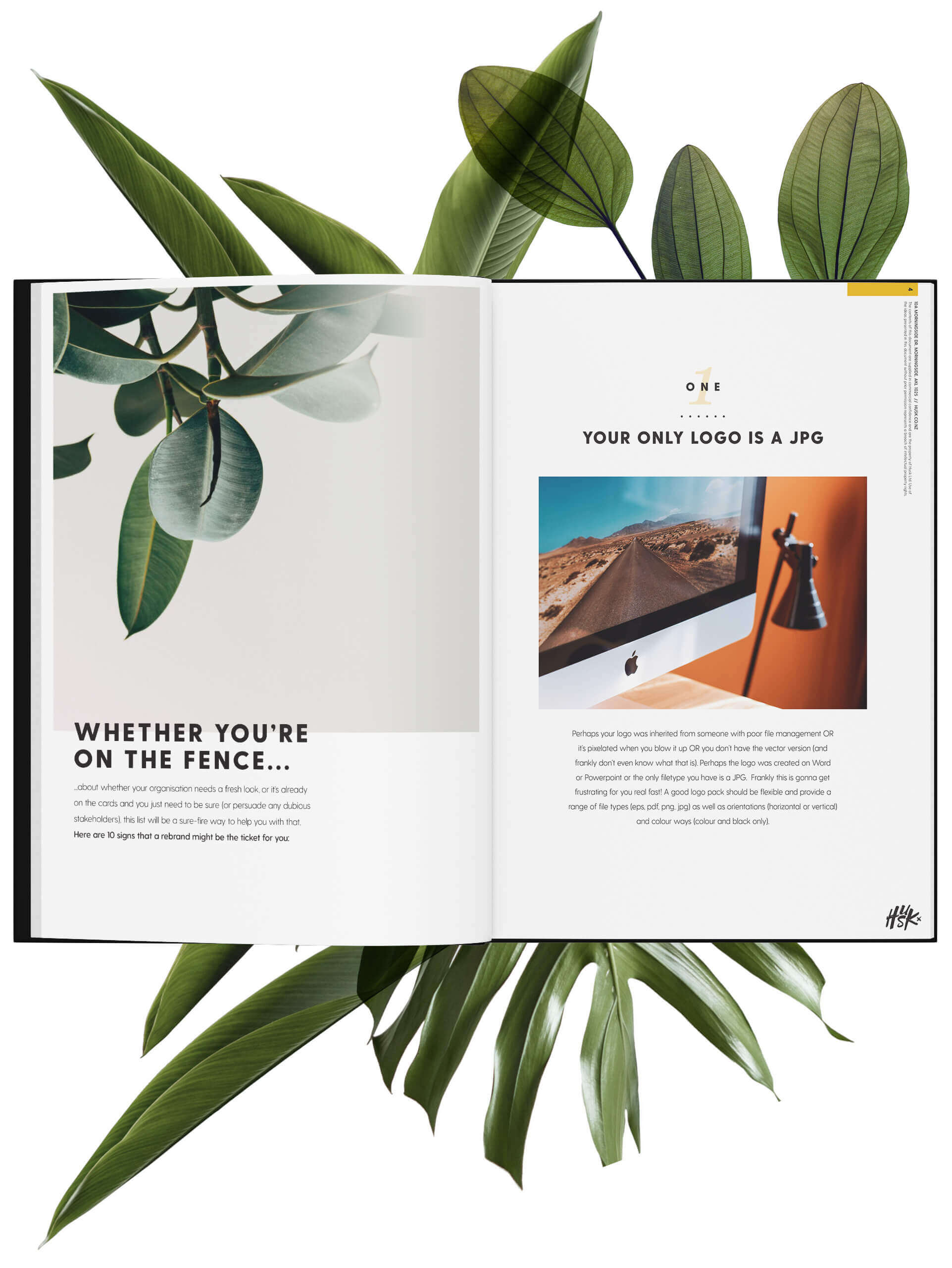A few tips on how to make your website work for your visitors.
KNOW YOUR AUDIENCE
Good websites are all about connection – connecting with your audience in a voice that they can relate to. Before you can hope to ‘connect’ with your audience, you need to know who they actually are. Age | Gender | Location | Lifestage | Embarrassing Haircut They Used to Have in the 90s – the more you know about them, the better you’re going to be able to speak their language and engage them on your website.
GIVE PEOPLE WHAT THEY WANT
Ever googled a restaurant to check options for your trendy/ slightly weird vegan / paleo/ raw-food friend, only to find a holding page with no menu in sight? Yes? You’ll then understand that people get frustrated when they can’t get what they want, particularly on the web.
Have a bit of a brainstorm about why people will visit your website and what they want from it (e.g. view a menu or book a table), and then build your site around this.
Making things easy to find – using obvious calls to action (e.g. a ‘Book Now’ button) that prompt your audience at the right time – is great for improving conversions. Just make sure you don’t put too many in or things will get a little cluttered.
Cater specifically for different devices – impressing people with pretty photos of your restaurant might work for people sitting at their desks, but if they’re browsing on the move using a phone, having a location map or phone number more prominent is likely to be much more useful for them.
DESIGN IS NOT ICING ON THE CAKE.
IT IS THE CAKE.
Last year Apple made over NZ$260billion selling phones and laptops that are more expensive and are less compatible than their counterparts. Why? Because Apple understands that design matters to people – people enjoy interacting with beautiful, intuitive things.
Web branding, like all branding, is about communication. An ugly or poorly-designed site basically communicates to your audience “We’re not super- professional and/or we didn’t bother to design something in a way that you would expect to use it.”
LESS IS MORE. LOTS, LOTS MORE.
It’s a temptation to pack as much content into each page of your website as you can, but cluttered sites are often less enjoyable for users and make it harder for them to find the things they’re after.
This concept is particularly true for users on smaller devices like smartphones or tablets – an iPhone 6 is only a 4.7-inch screen, so there’s just not the space to show all the immediately-visible content that you can on a widescreen desktop. Thus you need to prioritise the most important content, and hide the stuff that’s not.
Pro tip: Want to make something stand out? Then why not consider taking something else out? The less items on a web page, the more each item will stand out.





